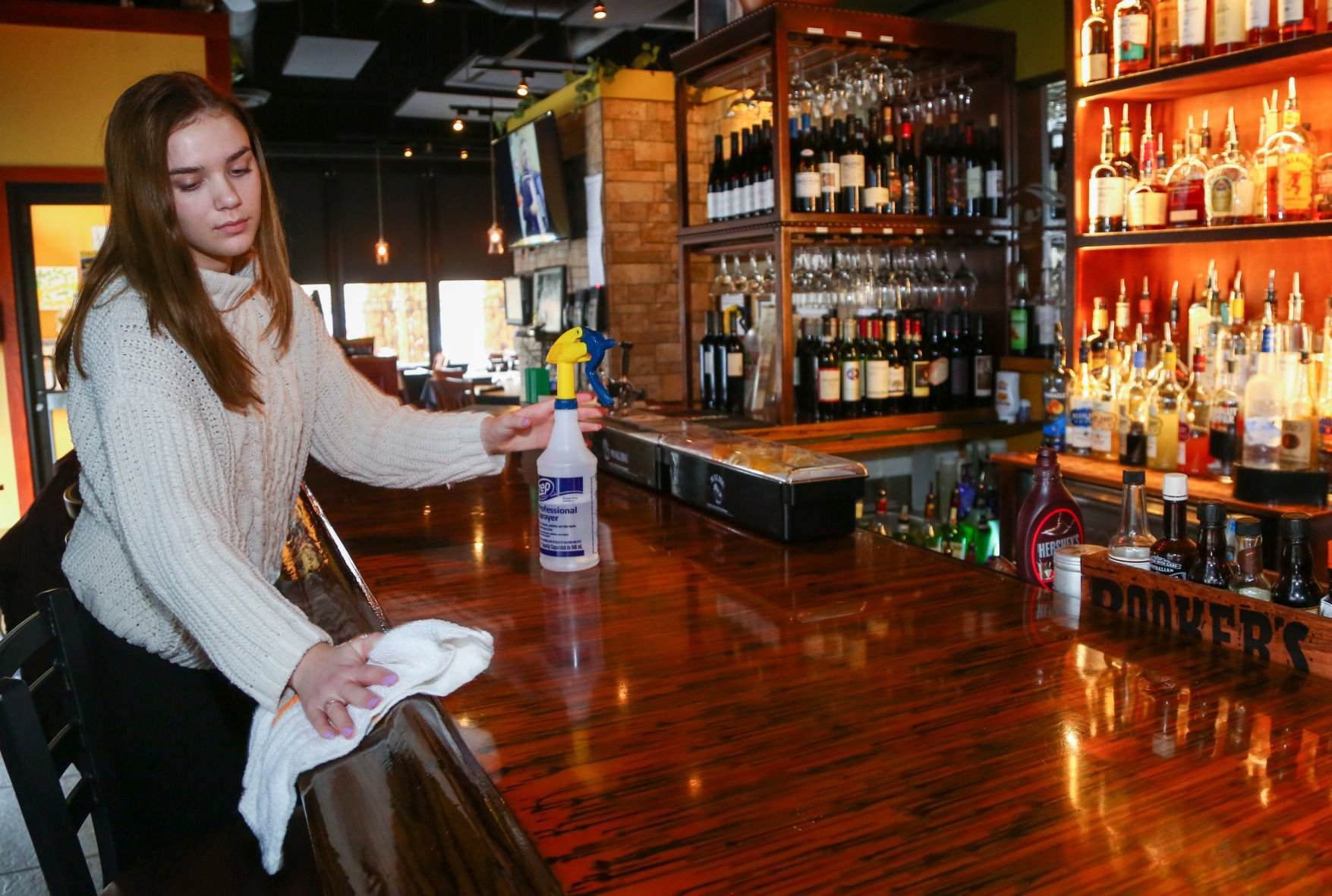
Some Scotch whisky companies have asserted that this term comes from the Scottish tradition of chilling their drinks with rocks cooled in a river. On The RocksĪs one of the most commonly used bartending terms, it’s useful to know that this order will get you a bar’s standard pour (often 1.25, 1.5, or 2 oz) of straight spirit poured over ice in a rocks glass. This term for a small amount of a liquid-beer, water, soda, pickle brine, etc.-that accompanies a strong drink or shot is most likely derived from the French term chasse, which translates to “ chases.” Chaser has been in use in English since about 1800, but it most likely originally referred to the practice of taking a sip of liquor to quash the unpleasant aftertaste of coffee or tobacco. But probably the most likely story is that it’s just another example of diner slang and that rhymes with “nixed.” 2. In this case, it meant for them to leave via the Bedford Ave exit. As this story goes, a paid-off police officer would tip off a bartender by telling him to 86 his customers. There’s also the possibility that it comes from Prohibition-era raids at a bar called Chumley’s at 86 Bedford Ave in New York City. Supposedly, its use in the restaurant industry dates back to the 1930s to signify that they ran out of something. Likewise, a bartender can 86 a customer who’s had a bit too much by kicking them out.Ĩ6's etymology is a little murky with explanations ranging from alcohol strength to the number of bullets French soldiers were issued.

If a bartender runs out of something or wants to get rid of it, she may tell other barstaff to 86 it. Within the bar and restaurant world, patrons and ingredients alike can get 86’d. To help you navigate your next bar order, we’ve put together a list of seven bar terms and their generally accepted definitions. Some of it is probably familiar, but its origins or exact meaning maybe be a bit strange. If you’ve spent an evening at a bar in the last few years, you’ve probably noticed that the bartender’s (and some customers’) language is peppered with quippy slang. This means that a total of six Action Bars are available for the interface to handle regardless of the manner in which they are displayed.Ī player may choose to have these Action Bars accessible via toggling of the gold arrows (the benefit being a screen with less clutter and better field of vision, an option sometimes chosen by melee classes), or may choose to have those bars displayed at all times (garnering the benefit of rapid access to a greater range of abilities and spells, an option typically chosen by casters).Everything old is made new again, and bar slang is no exception. Doing so reduces the number of alternate Action Bars that are available via the up and down arrows situated to the right of the primary action bar. The advanced interface options allows a player to add up to four other action bars (bottom left, bottom right, right 1, and right 2) to the screen. Buttons which used downranked versions of spells and abilities and buttons on your inactive spec's skill bars will not be updated. When you learn a new rank of an ability or spell, all buttons on your currently active spec's action bars which previously used the highest available rank will be updated to use the new highest rank.

To the right of the command shortcuts are gold up ( ↑) and down ( ↓) arrows to switch to alternate Action Bars (see below).Experienced players will give great attention to the layout of their Action Bar(s), as it represents the primary means of interface in combat, and is critical in allowing for quick action in an environment where 1-3 seconds delay can mean the difference between victory or a wipe.

Player may drag and drop icons into the Action Bar in order to create a customized interface. The Action Bar is the left-most part of the Interface Bar at the bottom of the screen, and is used as a ready source for command shortcuts ( abilities and spells).


 0 kommentar(er)
0 kommentar(er)
